Students Use Virtual Reality to Contribute to Their Communities
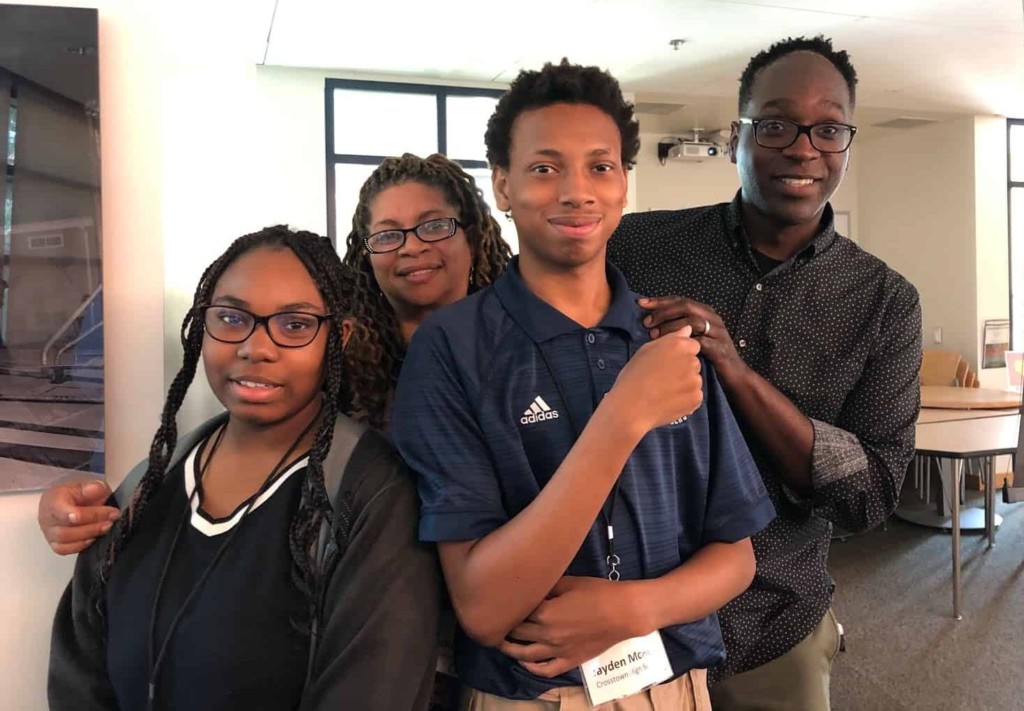
Creating a future that works for everyone requires voices and participation from, well, everyone. All too often decisions are made that impact communities, families and students without those groups getting to weigh in. Rapid changes in our environment, economy and education systems demand that we think quicker, design with the future in mind, and try to anticipate as many barriers and challenges ahead of time as we can.
Fortunately, technology can (when used appropriately) allow us to include and provide access to communities that might not have been a part of the conversation before so that we can formulate ideas that will better meet their needs and goals.
Virtual reality (VR) is one tool that can help young people envision what a different future might look like. VR can also provide young people—regardless of where they live—opportunities to engage with others from around the world whom they might not have had the chance to otherwise. Across the country, K-12 students are leading with VR.
The VR + ED conference, Students as Makers: The Future of VR, highlighted a few of these student leaders and their work. The conference “was created to support and expand VR programs in education. [Our] goal is to empower current student VR makers and help education tech leaders bring the best of VR into more classrooms.” The conference highlighted just a few of the ways in which students are using VR to contribute to their communities.
1. Rethinking Physical Space
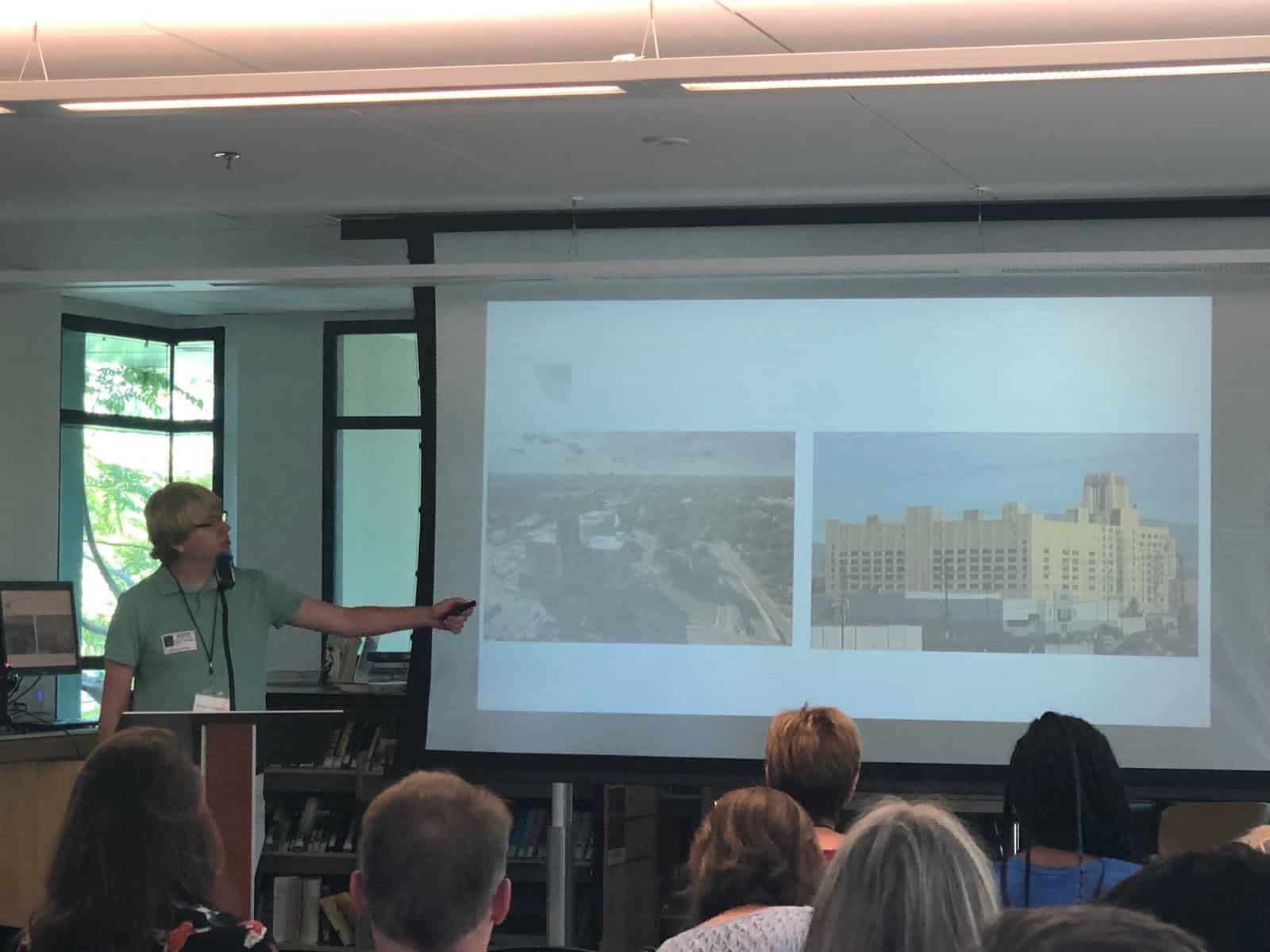
Ethan Ferguson, educator, designer and VR enthusiast, shared how he worked with the Crosstown High School team in Memphis to re-envision how an old Sears building might become their new school.
2. Designing Virtual Experiences
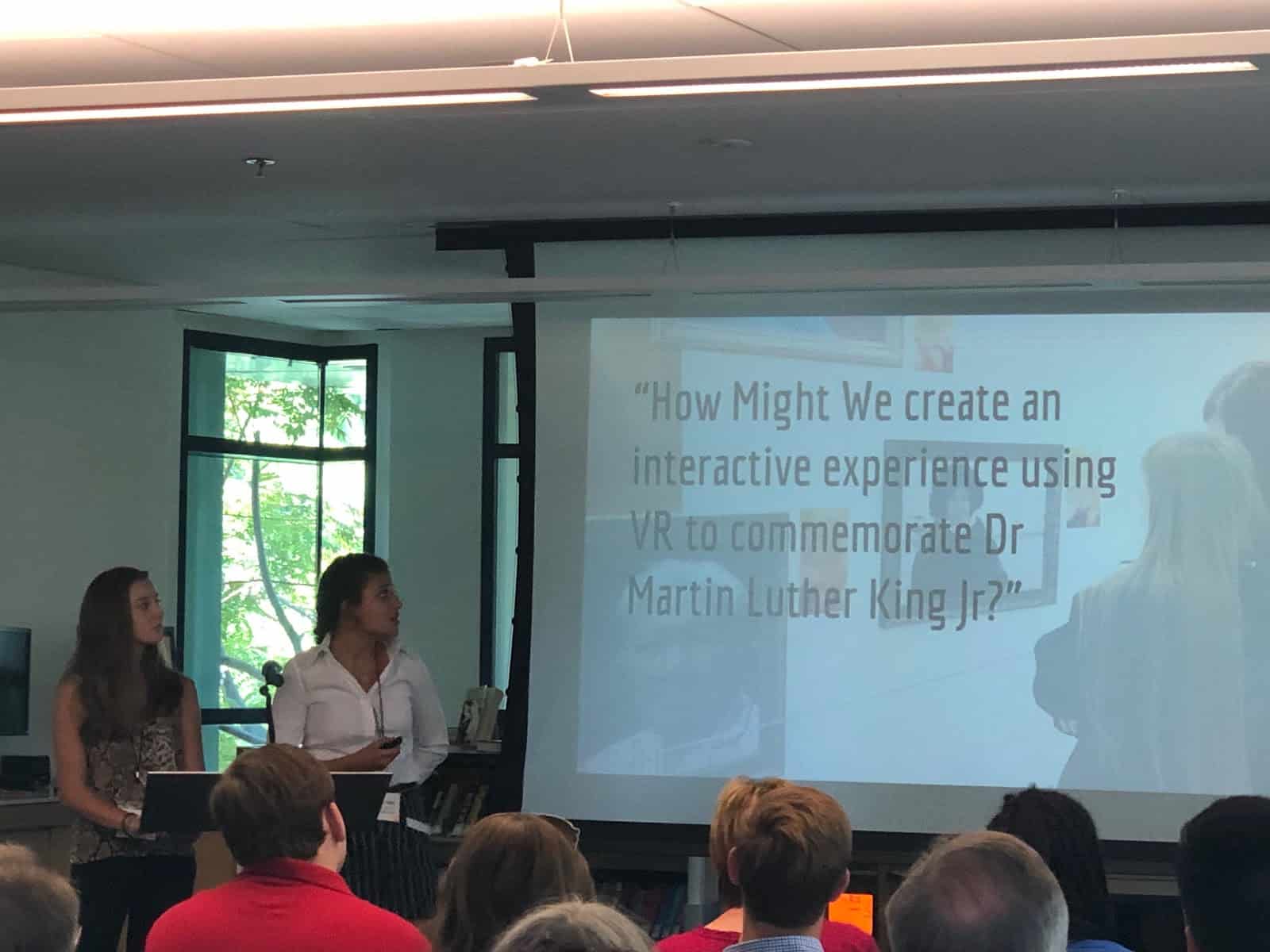
Carolina Qatsha and Sidney Tiffin from Atlanta worked to create a VR exhibit for a museum in Atlanta. They incorporated experiences they had engaging in local marches and rallies. They interviewed civil rights leaders to incorporate their ideas and design consideration.
3. Presenting and Sharing What They Learned
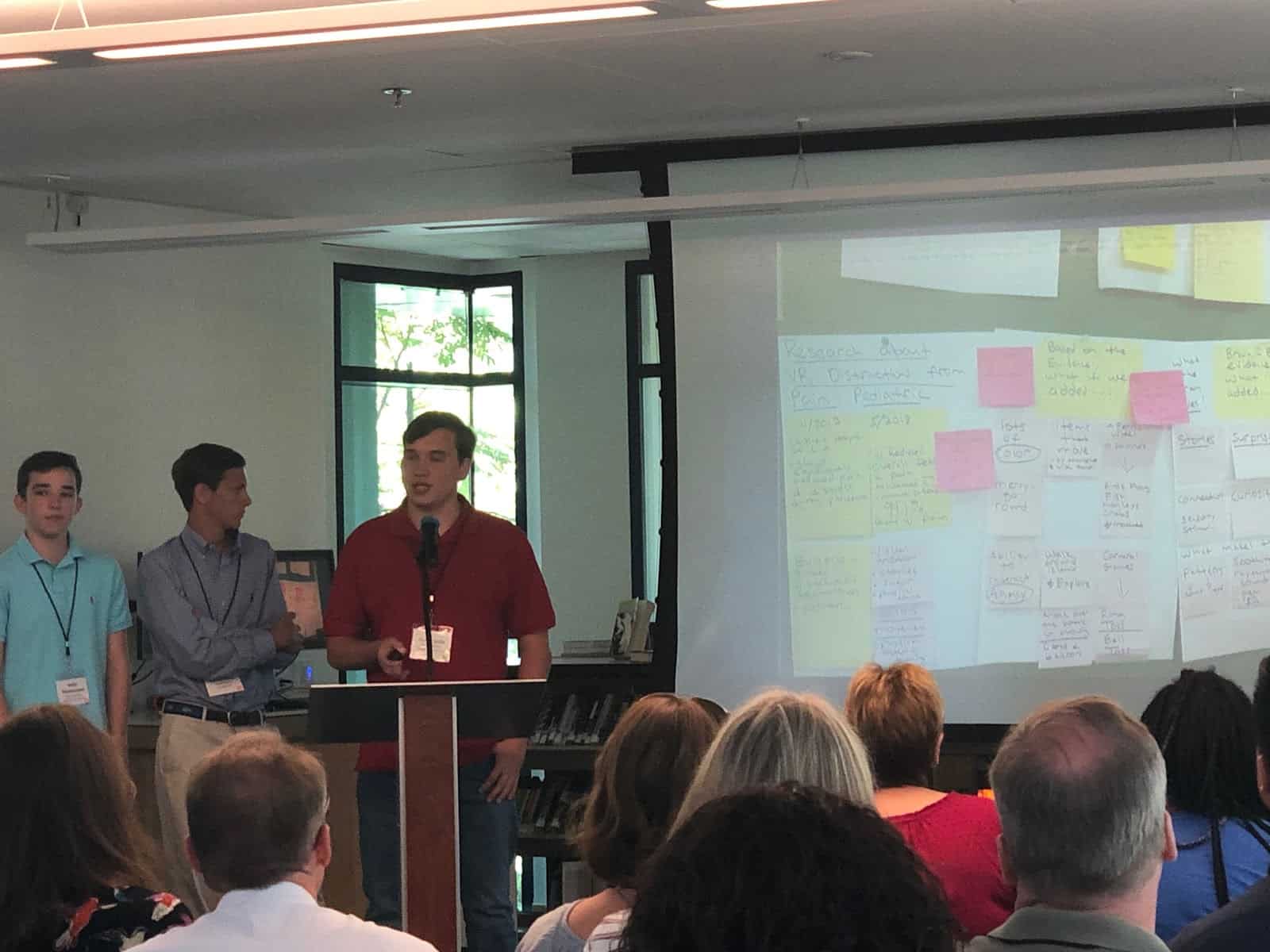 Students virtually shared their projects with conference attendees. One student created an avatar and then presented via that avatar to the room using the VR tool Engage.
Students virtually shared their projects with conference attendees. One student created an avatar and then presented via that avatar to the room using the VR tool Engage.
4. Making a Mark in the XR Community
Rylan Daniels’ XR journey began by creating the VR club at his high school, and it has already led him to professional success. He created an original augmented reality (AR) filter for popular social media platform Snapchat and won the 2019 Nextant Spirit Award at the AWE AR & VR conference and expo.
For more, see:
- Virtual Reality in the Classroom is Becoming the New Norm
- Virtual Reality in the Park
- 7 Best Virtual Reality Education Apps
Stay in-the-know with all things innovations in learning by signing up to receive the weekly Smart Update.
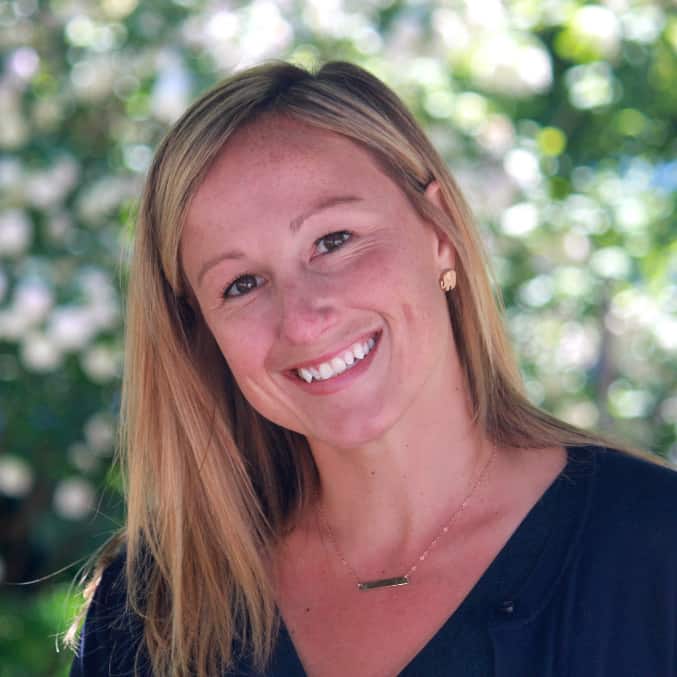





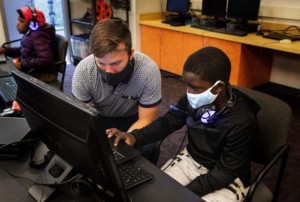
0 Comments
Leave a Comment
Your email address will not be published. All fields are required.